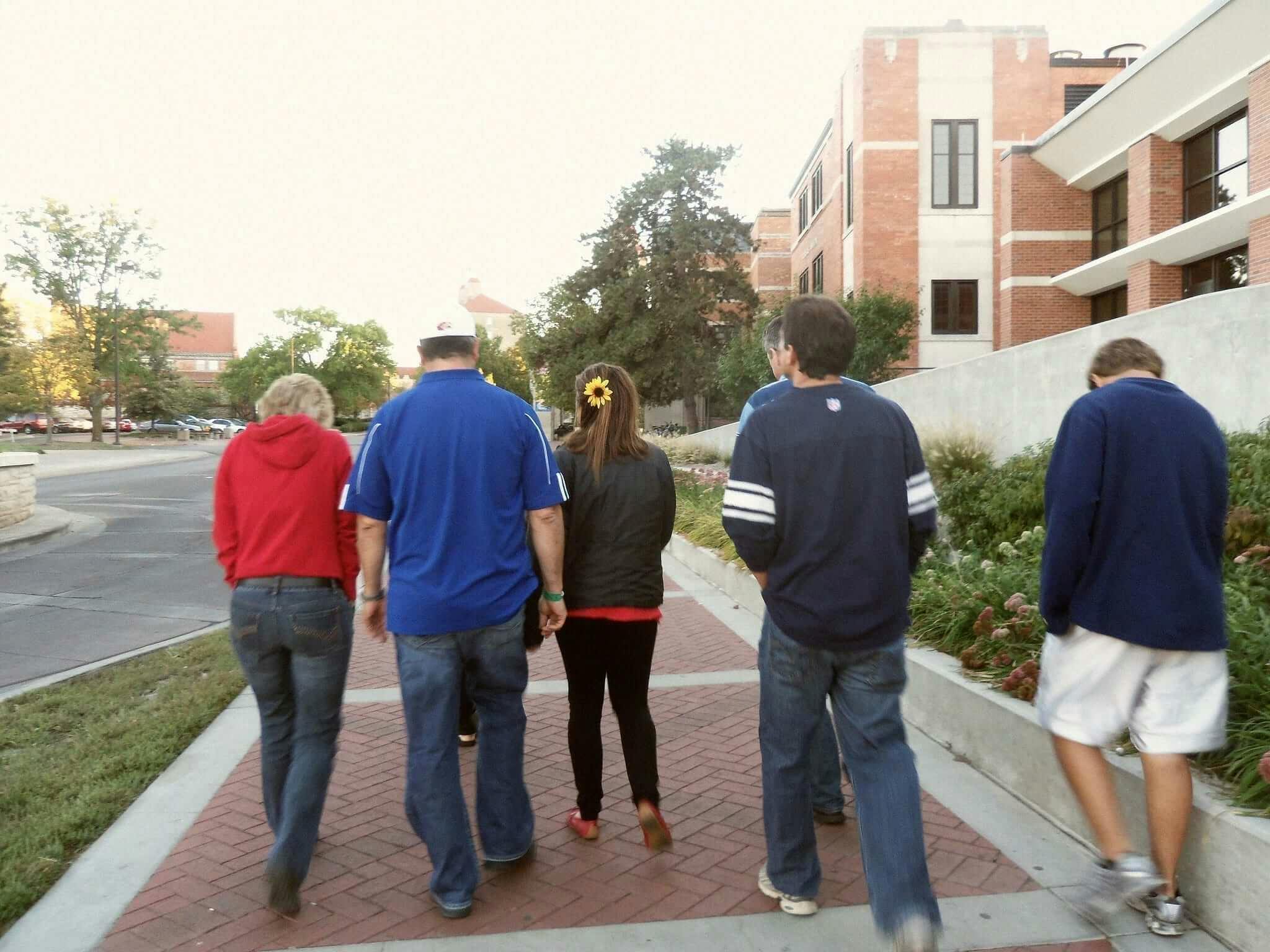The digital future of higher ed campus tours and events

From getting to see and explore facilities, living spaces and amenities to interacting with students and staff, campus tours are an essential part of any higher education journey. In addition to providing higher ed institutions with opportunities to showcase their school, these tours help prospective students make one of the biggest decisions they’ve ever faced.
But what about the students who can’t physically visit your campus?
That’s where digital solutions, like Unibuddy Events, which help higher ed institutions to run digital or hybrid events, or Unibuddy Chat, which enable prospective students to connect with student ambassadors prior to arrival on campus, come in.
If done well, prospective students should be able to envision themselves at your campus without the need to visit in-person.
This sounds great, but can it actually work? We asked schools across the country who have integrated virtual options to find out.
Here’s what they had to say about the future of higher ed campus tours and events:
Going virtual saves money
Michael Cuneo, Assistant Director of Admissions at the Carey School of Business at Johns Hopkins University, says that they have found success in transitioning some of their events and visits to taking place through webinars.
“We are a small campus only taking up a few floors in an actual office building, our campus tours weren’t all that robust of a tour, more of a visit day or information session,” says Cuneo. “In the past, we did a ton of international and domestic travel with various companies who hosted tours. While all are doing virtual events, we are saving on travel costs but we will see how it works without building that true in-person relationship.”
Digital events allow for more connections
Jennifer Spirer, Sr. Associate Director of Admissions and Recruitment at The Information Networking Institute at Carnegie Mellon University, says digital events have allowed their team to scale their recruitment efforts to new levels.
It wasn’t until 2020 that Spirer’s team considered adding digital events to their offerings. Up to that point they had only offered tours on a case-by-case basis in an effort to ensure personalized visits and experiences for every prospective student.
Related: How to leverage the win-win of student-to-student connections
Over time though, they found that their roster of digital events allowed them to foster a new type of connection with students all over the world – enough so that they’ve decided to keep them for good. “Our transition to virtual has given me an opportunity to connect with students in a way I didn’t do prior,” says Spirer.
Virtual events can replace in-person events – when done well
In 2020, Bentley University decided to move all admitted student events online.
They used Unibuddy to host real-time live group chats, which fostered connections between applicants, student ambassadors and staff.
Shanell Cartagena, Senior Assistant Director of International Admission, gave us a look into her first-hand experience with Unibuddy Live. The platform’s versatility gave the university the ability to not only run large-scale recruitment events, but smaller and more targeted events as well.
“We had over 100 students and staff involved in these events, but with good organization, it was very straightforward to run,” Shanell says. “But for others, we had just three channels and a handful of staff and that takes just 5 minutes to set up.”
Universities that rely on large in-person events to drive enrollment numbers are increasingly turning to digital alternatives or options.
Of course, it’s not just about throwing together a presentation. When hosting a virtual experience, it needs to be done well. And, having hosted thousands of virtual events, Unibuddy knows what you need to be successful – here are some of our best tips:
Have a clear event start and end
No one wants to be left wondering, “How much longer?”
Create a clear narrative for your event that has a start, middle and end. This could be as simple as an introductory presentation or breakout sessions.
Design events for a digital audience
You have about four hours to engage with prospective students in person – and just 20 minutes during a virtual event. That’s why it’s so important to find a format that draws them in using visual, auditory and even interactive elements, like panels.
Keep the conversation going
Once your event is over, remember to engage! Remember, people apply for the class – but convert for the community.
Consider inviting attendees to a personalized community on a platform like Unibuddy Community, which allows them to organize topics around virtual event themes. Don’t forget, you’re a prospect’s greatest teammate on their higher ed journey – stick with them!
RELATED: How to host virtual college events in 2022 and beyond
How to host successful virtual college events
If you choose to take advantage of the power that virtual events offer, you’ll need to leverage a platform that makes hosting them easy. Unibuddy does exactly that.
Whether you’re hosting a virtual campus tour, Q&A session or accepted student activity, Unibuddy Events makes it easy to create and host virtual events that your students will love.
To learn how Unibuddy can help your higher ed institution, request a demo today.